In today's fast-paced business environment, staying ahead of regulatory requirements is more than a mere box-checking exercise. It's a critical component of a company's operational integrity and market reputation. As businesses expand their global footprint and regulatory frameworks evolve with increasing complexity, the importance of a robust regulatory compliance program cannot be overstated. This blog post delves into the essence of crafting a practical compliance framework, breaking down its three core functions that ensure businesses not only meet but exceed regulatory expectations. By focusing on these pivotal areas, companies can turn compliance into a strategic advantage, fostering trust and securing their position in the competitive marketplace.
Risk Assessment and Management
At the heart of any Regulatory Compliance Program Design is the process of identifying, assessing, and managing risks. This function is foundational because it sets the stage for a proactive rather than reactive approach to compliance. Effective risk management involves a thorough understanding of the regulatory landscape specific to the industry and the jurisdictions in which a business operates. It's about pinpointing where potential compliance pitfalls lie and taking preemptive measures to avoid them.
Risk assessment is not a one-off task but a dynamic process that requires regular updates and reviews. It demands collaboration across departments to gather comprehensive insights into where risks may emerge, from financial transactions to data protection practices. Once identified, risks must be prioritized based on their likelihood and potential impact, allowing organizations to allocate resources more efficiently and focus their efforts where they're needed most.
Moreover, this stage involves developing and implementing risk mitigation strategies. This could mean revising internal policies, enhancing employee training programs, or adopting new technologies to strengthen data security. By addressing risks head-on, businesses can not only prevent regulatory breaches but also reinforce their commitment to ethical practices and operational excellence.
Policy Development and Implementation
The following critical function in Regulatory Compliance Program Design revolves around the development and implementation of clear, concise policies and procedures. This step transforms the insights gained from risk assessments into actionable guidelines that steer the entire organization toward compliance.
Creating effective policies requires a deep understanding of both the regulatory requirements and the company's operational processes. These policies should be tailored to the organization's unique context, avoiding a one-size-fits-all approach. They must be clear enough for employees at all levels to understand and apply in their daily activities.
But drafting policies is only half the battle. The real challenge lies in their implementation and enforcement. This involves a comprehensive communication strategy to ensure that all staff are aware of the policies and understand their importance. Training programs are crucial at this stage, equipping employees with the knowledge and skills they need to comply with the regulations. Furthermore, establishing mechanisms for monitoring compliance and reporting violations is essential for maintaining an atmosphere of accountability and transparency.
Continuous Monitoring and Improvement
Finally, the third cornerstone of Regulatory Compliance Program Design is the commitment to continuous monitoring and improvement. The regulatory environment is never static, and neither should the compliance program be. This function ensures that the program remains practical and relevant over time, adapting to new regulations, emerging risks, and changes within the business itself.
Continuous monitoring involves regular audits and assessments to evaluate the effectiveness of the compliance program. It's about gathering data on how well policies and procedures are being followed and identifying areas for improvement. This can lead to adjustments in risk management strategies, policy updates, or enhancements to training programs.
Moreover, fostering a culture of compliance and continuous improvement encourages employees to contribute to the program's success. It empowers them to report potential issues and suggest improvements, creating a virtuous cycle of feedback and refinement. This not only strengthens the compliance program but also builds a sense of ownership and accountability among staff.
Conclusion
Building and maintaining a successful regulatory compliance program is a critical task for businesses in all sectors. It requires a strategic approach focused on three core functions: risk assessment and management, policy development and implementation, and continuous monitoring and improvement. By prioritizing these areas, companies can create a compliance program that meets regulatory demands and contributes to operational efficiency, reputation management, and strategic success.
The journey towards regulatory compliance is ongoing and requires dedication, collaboration, and a willingness to adapt. However, the rewards of a well-designed compliance program are immense, offering businesses a foundation of integrity and trust that resonates with customers, regulators, and the wider community. Ultimately, compliance should not be seen as a burden but as an opportunity to demonstrate a company's commitment to excellence and ethical business practices.









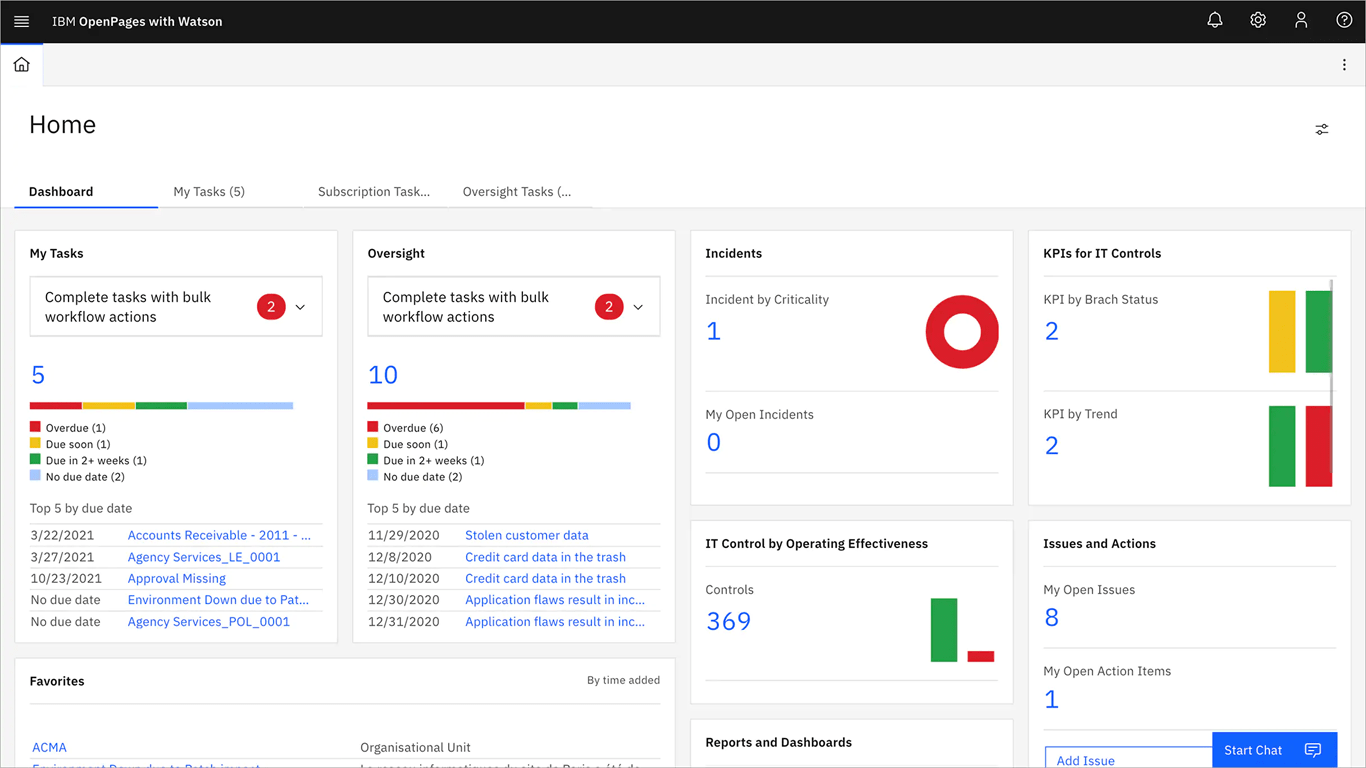









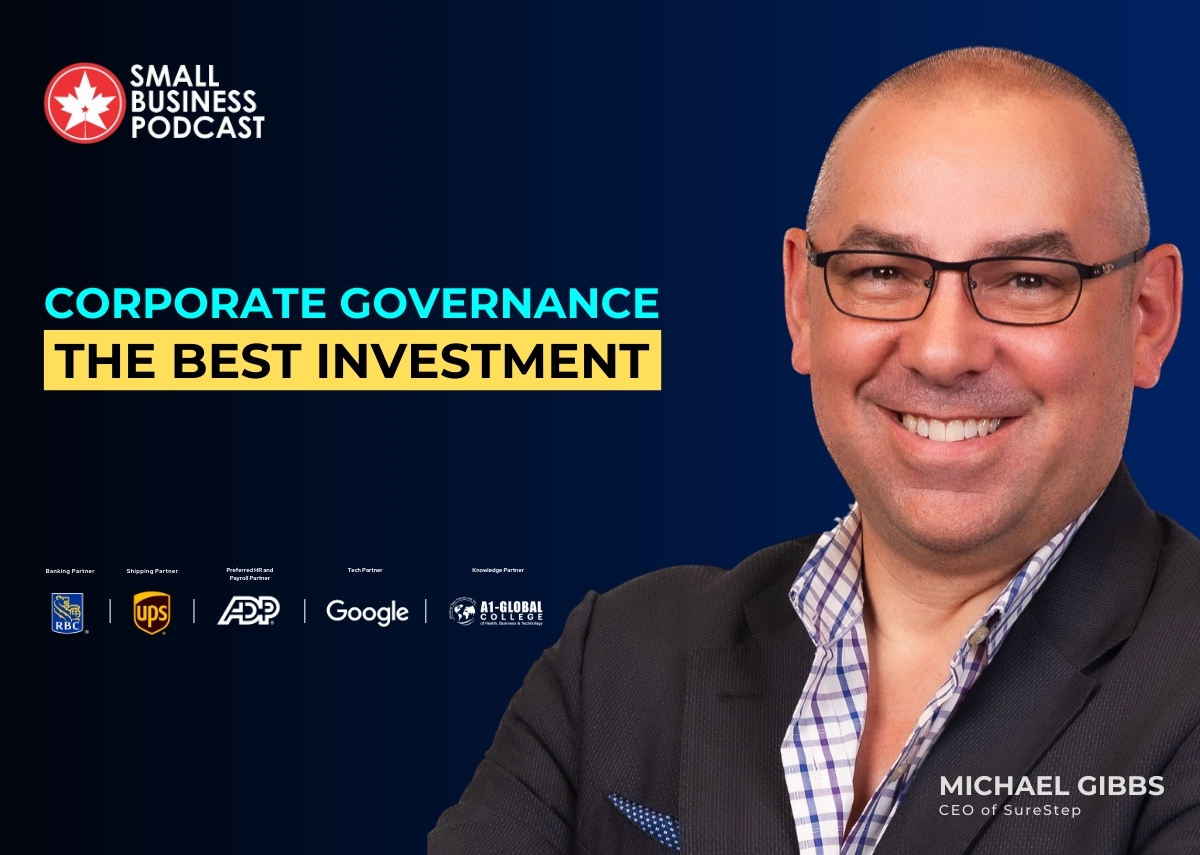

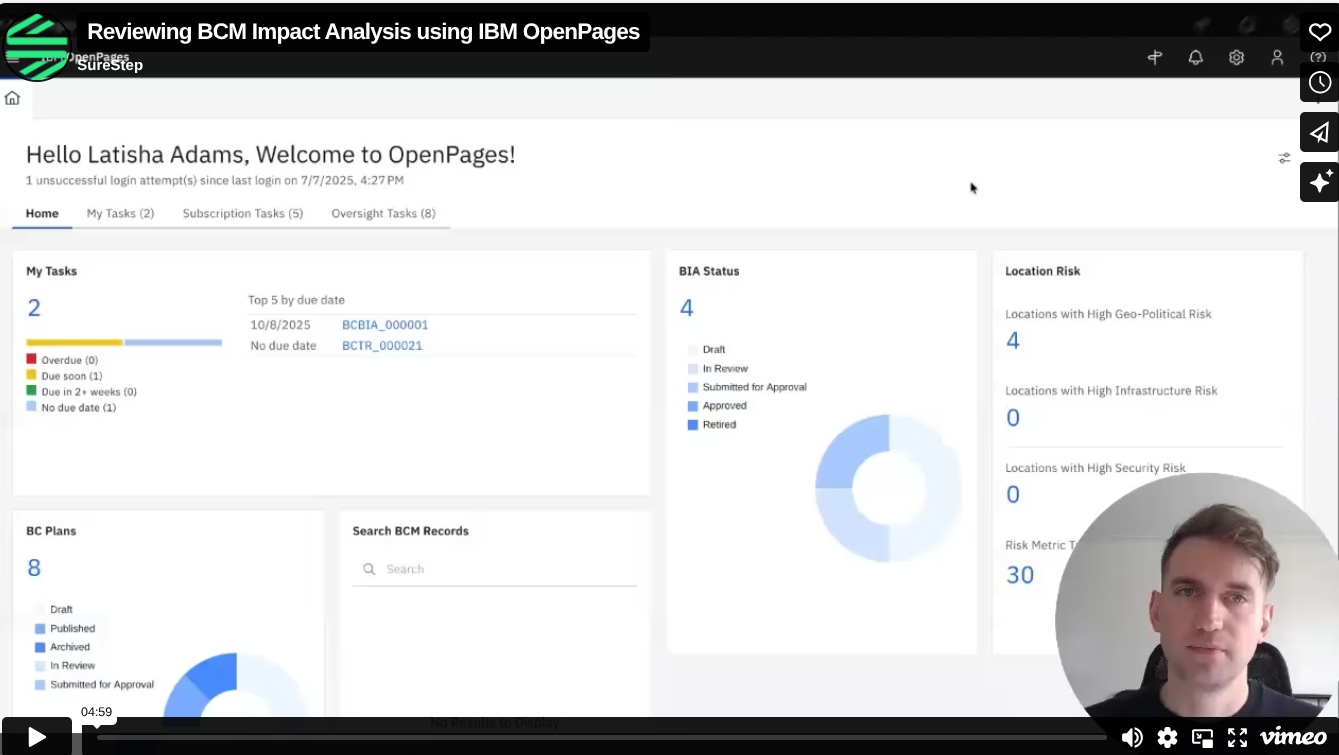



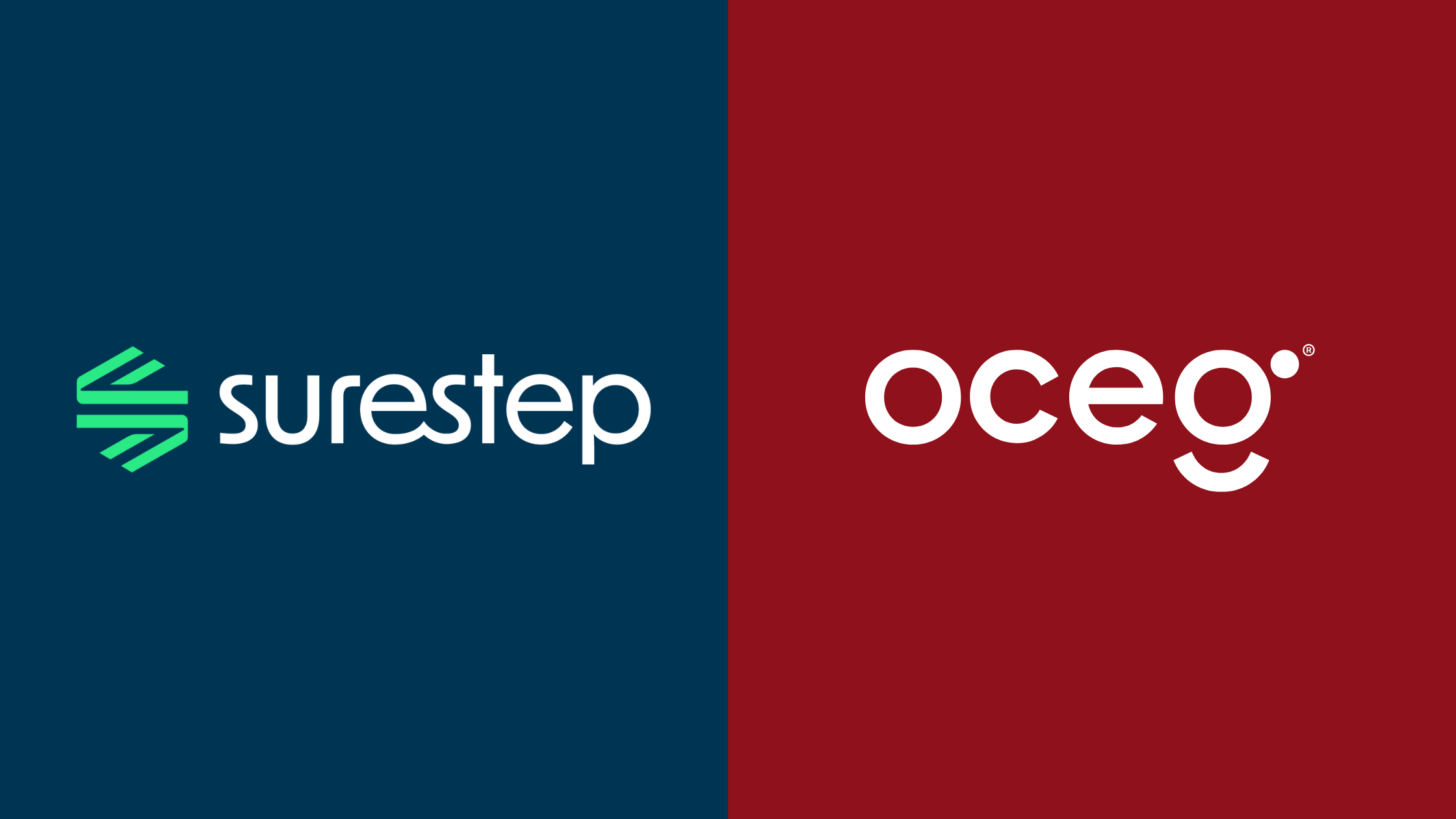


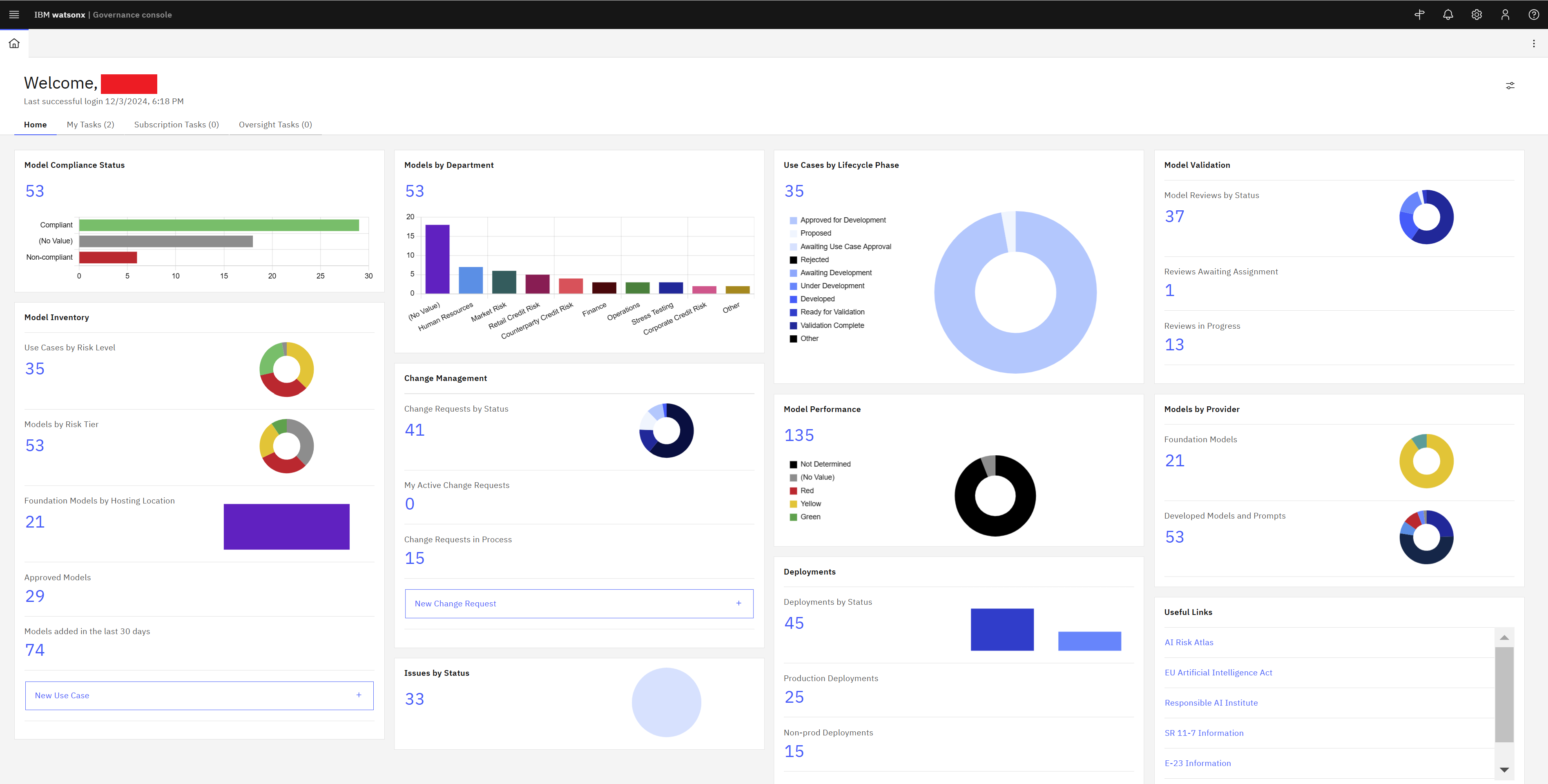

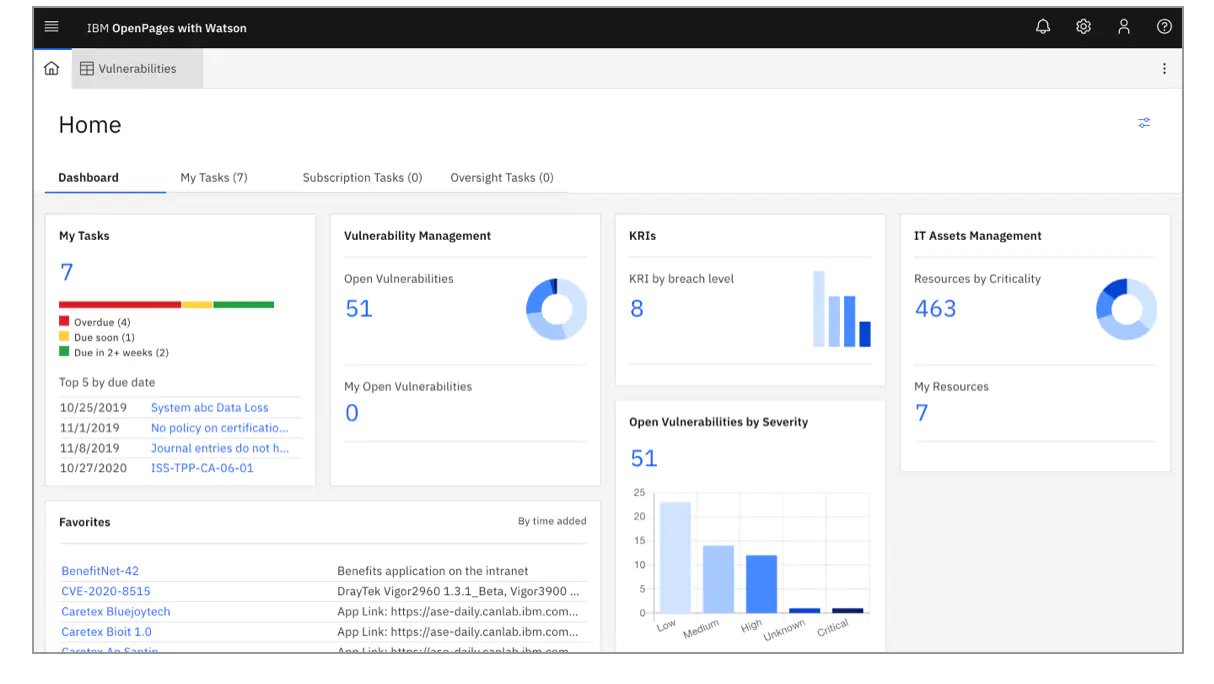
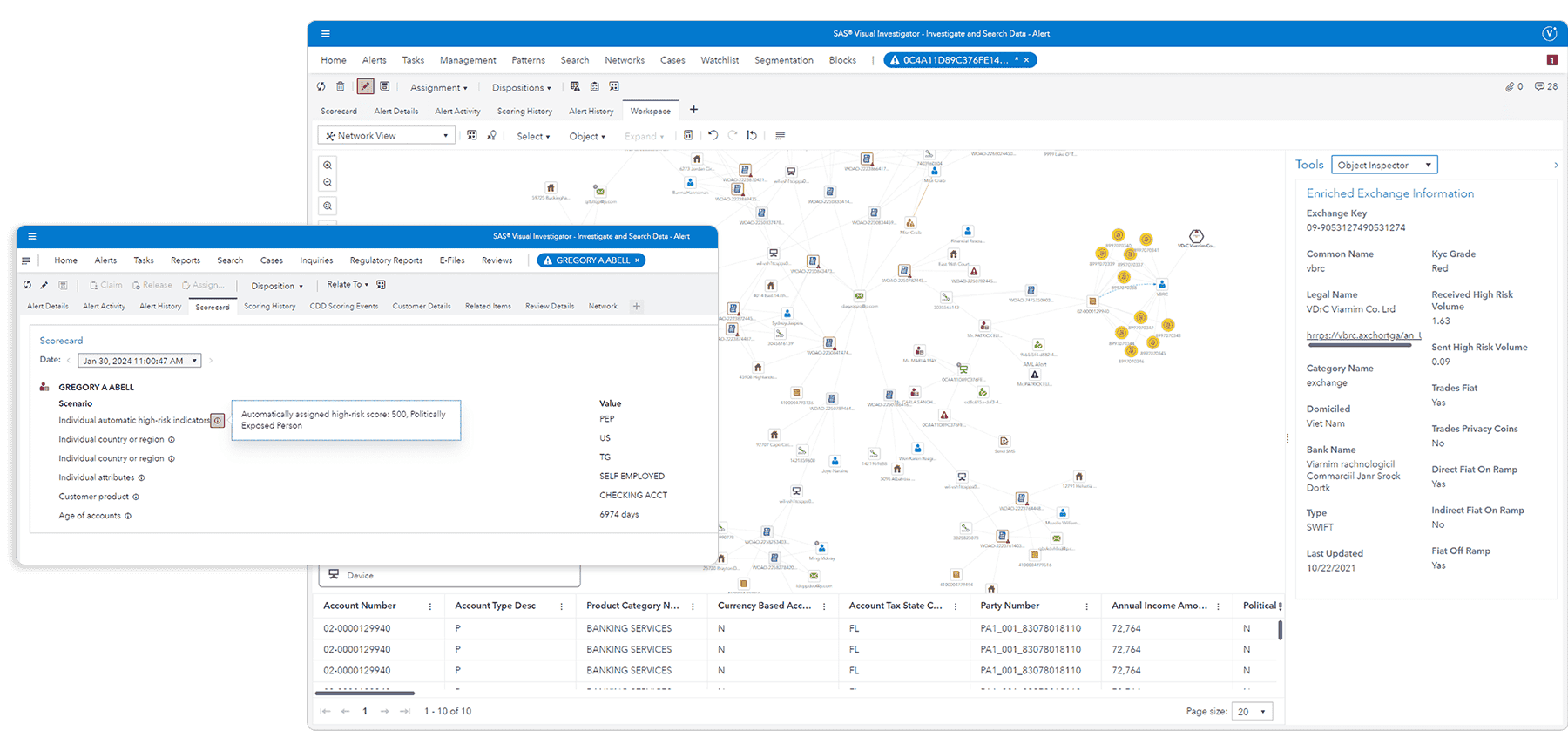







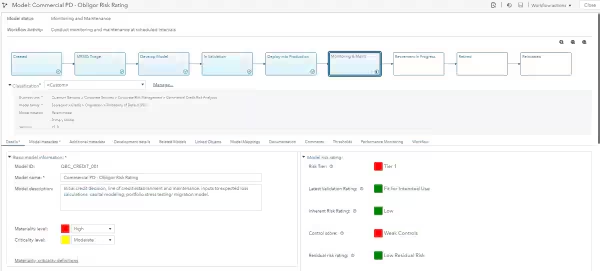









.webp)

-1.jpg)










.jpg)



























.jpeg)







